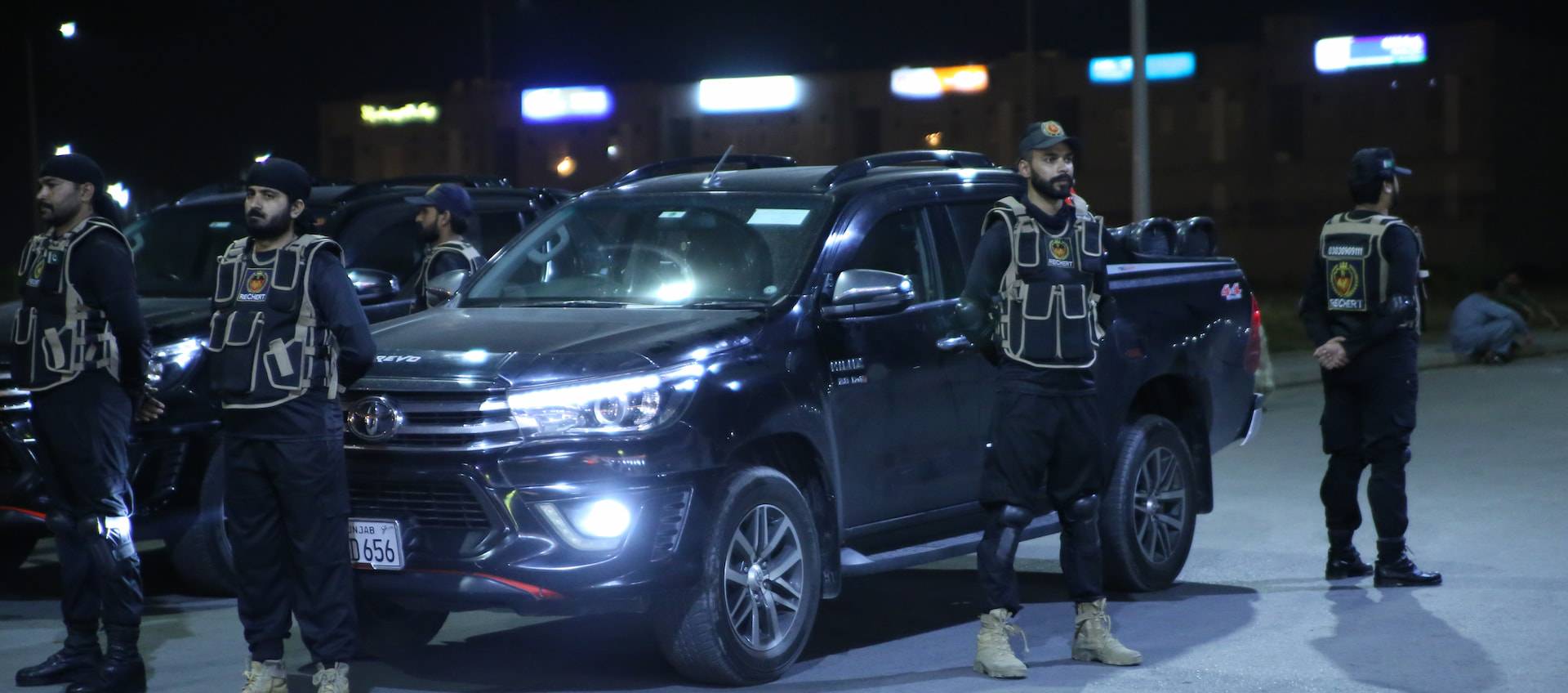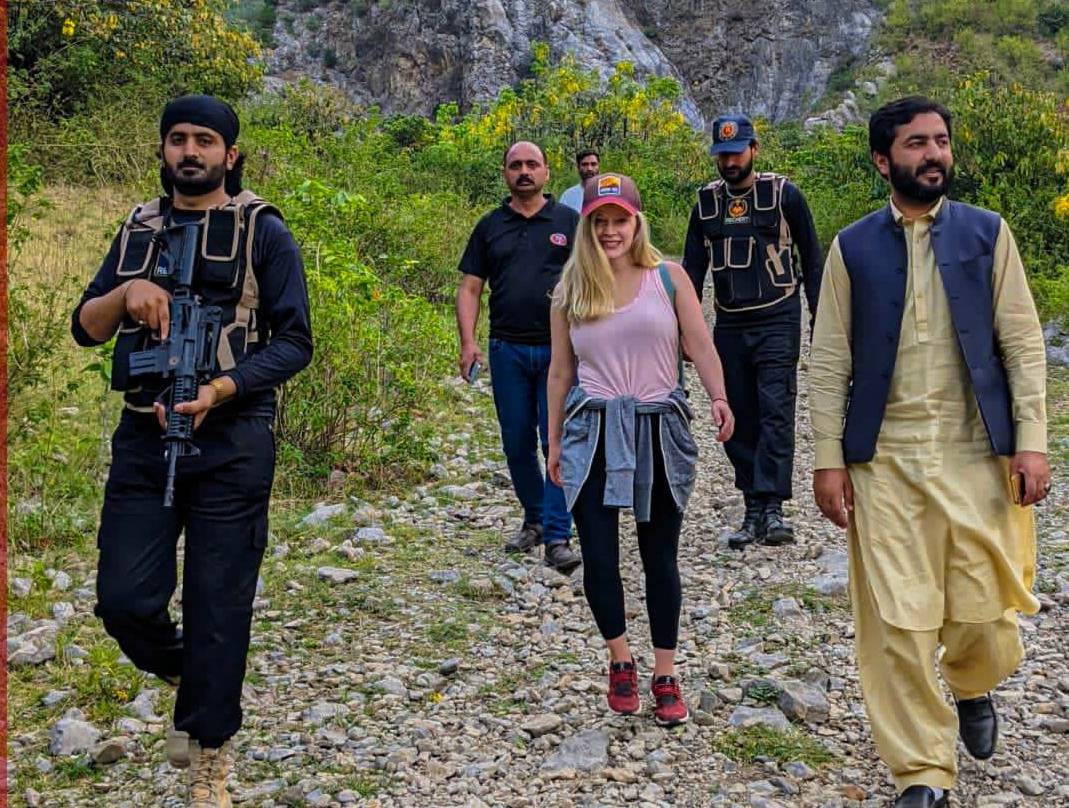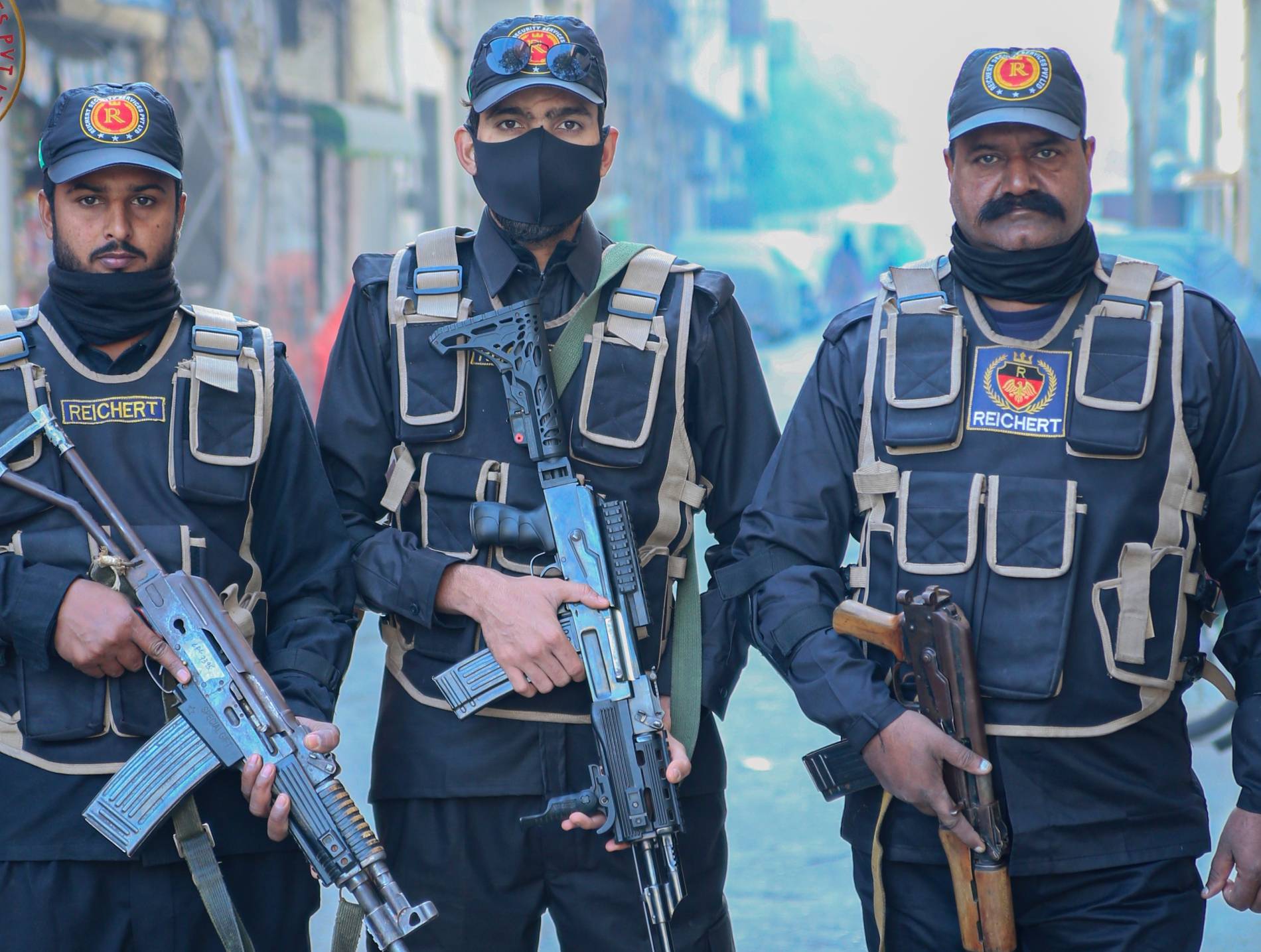Afghanistan Country Report
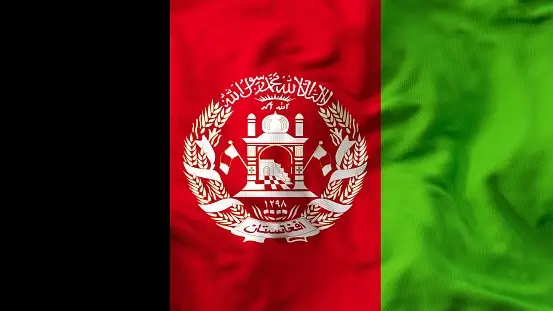
Afghanistan, a landlocked country located at the heart of Asia, is bordered by Pakistan to the east and south, Iran to the west, Turkmenistan, Uzbekistan, and Tajikistan to the north, and China to the northeast. This strategic position has historically made Afghanistan a nexus for trade routes and military campaigns, earning it the moniker “the graveyard of empires.” The country’s diverse landscape ranges from the towering Hindu Kush mountains to arid deserts and fertile valleys.
In the 19th century, Afghanistan became a buffer zone between the British and Russian empires during the Great Game. It gained full independence from British influence in 1919 following the Third Anglo-Afghan War. The latter half of the 20th century saw Afghanistan in a state of turmoil, with a coup in 1978 followed by a Soviet invasion in 1979, leading to a prolonged conflict that devastated the country.
The situation in Afghanistan remains complex, with security concerns, political instability, and humanitarian issues presenting ongoing challenges. The international community continues to play a role in supporting Afghanistan, though the dynamics of this support have evolved over time. The country stands at a crossroads, facing significant obstacles to peace and development but also possessing the potential for a brighter future should stability be achieved.
Last updated: April 7, 202
Security
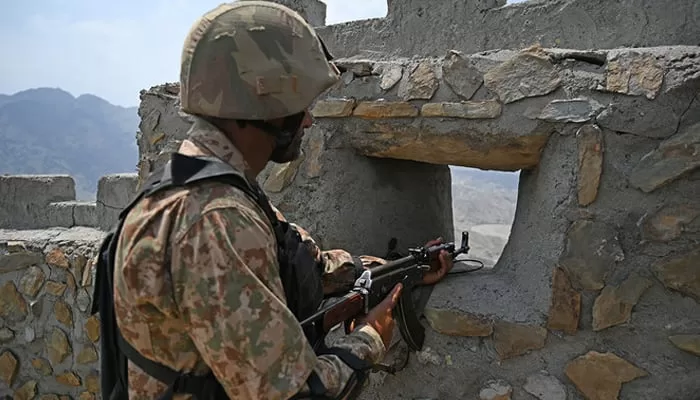
National Security
National security involves protecting a nation-state and its citizens from external and internal threats. This can include military defense, intelligence operations, border control, and cybersecurity measures. The aim is to maintain sovereignty, territorial integrity, and the safety of the population.
Regional Security
Regional security deals with the safety and stability of specific geographical areas, often involving multiple countries. It focuses on preventing regional conflicts, managing disputes, fostering cooperation among nations, and addressing shared threats like terrorism, organized crime, and environmental disasters.
Personal Security
Personal security is concerned with protecting individuals from physical violence, theft, or other personal harm. It involves law enforcement, social policies, and community initiatives to ensure people feel safe in their daily lives.
Food Security
Food security is achieved when all people have physical, social, and economic access to sufficient, safe, and nutritious food that meets their dietary needs and food preferences for an active and healthy life. It’s crucial for preventing hunger, malnutrition, and famine.
Health Security
Health security aims to protect people from health threats, particularly communicable diseases, and to ensure that societies have the resilience to recover from outbreaks. This involves public health measures, emergency preparedness, and access to healthcare services.
Cybersecurity
Cybersecurity involves protecting internet-connected systems, including hardware, software, and data, from cyberattacks. In an increasingly digital world, cybersecurity is critical for protecting sensitive information, ensuring privacy, and maintaining the integrity of critical infrastructure.
Economic Security
Economic security is about ensuring that individuals have stable access to resources to meet their basic needs, including employment, social welfare mechanisms, and an environment conducive to economic growth and development.
Environmental Security
Environmental security focuses on addressing environmental threats that have the potential to affect the well-being of people and the stability of nations. This includes climate change, natural disasters, pollution, and resource scarcity.
Last updated: March 2, 2023
Infrastructure
The country has been focusing on various sectors to improve its overall infrastructure and support its development. One key area is transportation. Afghanistan has been working on building and upgrading its road networks, connecting different regions and cities. This includes both paved and unpaved roads, which play a crucial role in facilitating trade, commerce, and transportation of goods and people. In addition to roads, Afghanistan also has a railway system. The country has been investing in the construction of railways to connect major cities and promote efficient transportation of goods and passengers. This railway network is expected to enhance connectivity within Afghanistan and potentially with neighboring countries, fostering regional trade and economic growth. When it comes to air transportation, Afghanistan has several international airports, including Kabul, Herat, and Kandahar airports. These airports serve as important gateways for international travel and cargo transportation. Efforts have been made to improve infrastructure and facilities at these airports to enhance efficiency and safety. Another crucial aspect of infrastructure development is the energy sector. Afghanistan has been working on energy projects such as dams and power plants to meet its growing energy demands. These projects aim to enhance the country’s energy generation capacity, improve access to electricity, and promote sustainable energy sources. Overall, Afghanistan’s infrastructure development is a significant endeavor that aims to improve connectivity, facilitate economic growth, and enhance the quality of life for its citizens. It’s inspiring to see the country’s commitment to investing in various sectors and building a solid foundation for its future development.
Last updated: April 14, 2022
Environment
The environment of Afghanistan is quite diverse and unique. The country is located in Central Asia and is known for its rugged mountain ranges, including the Hindu Kush and the Pamir Mountains. These mountains contribute to the country’s stunning landscapes, with breathtaking valleys, lakes, and rivers. Afghanistan experiences a continental climate, which means it has hot summers and cold winters. The climate varies across different regions of the country due to variations in altitude and topography. In some areas, such as the high mountain regions, the climate is colder and snowfall is common.
The country is also home to a rich biodiversity, with various plant and animal species. The rugged terrain and diverse ecosystems provide habitats for a wide range of wildlife, including snow leopards, Marco Polo sheep, and Afghan urial. However, it’s important to note that Afghanistan faces environmental challenges. Deforestation, soil erosion, and water scarcity are some of the issues that the country grapples with. Efforts are being made to address these challenges and promote sustainable practices to protect the environment. Despite the challenges, Afghanistan’s natural beauty and ecological diversity make it a truly remarkable place
Last updated: March 14, 2022
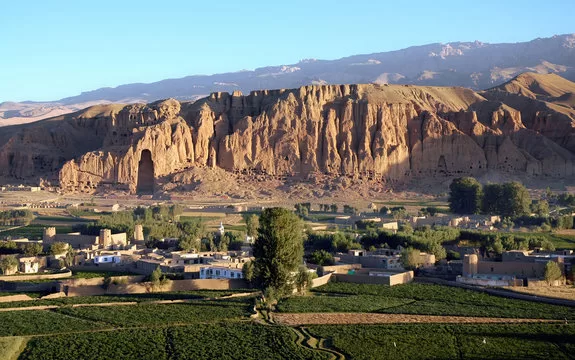
Health and Medical
Health and medical services are crucial for the well-being of individuals and communities. In Afghanistan, there have been efforts to improve healthcare infrastructure and services. The country has made progress in increasing access to healthcare facilities, training healthcare professionals, and expanding the reach of essential health services. However, it’s important to note that Afghanistan still faces challenges in the health sector. Access to healthcare can be limited, especially in remote areas, due to factors such as geographical barriers, security issues, and a shortage of healthcare professionals. This can make it difficult for some individuals to receive timely and quality medical care. The government, along with international organizations and NGOs, is working to address these challenges and improve healthcare outcomes. Efforts are being made to strengthen primary healthcare services, enhance emergency medical care, and expand vaccination programs. Additionally, initiatives are underway to combat communicable diseases, improve maternal and child health, and promote health education and awareness.
Last updated: April 13, 2022
Political
The political condition in Afghanistan has been complex and challenging in recent years. The country has undergone significant political changes and transitions, including the establishment of a democratic system and the formation of a new government. Afghanistan has been working towards building a stable and inclusive political system that represents the interests of its diverse population. However, the country continues to face various political and security challenges, including ongoing conflicts and the presence of insurgent groups.
Last updated: August 17, 2023




